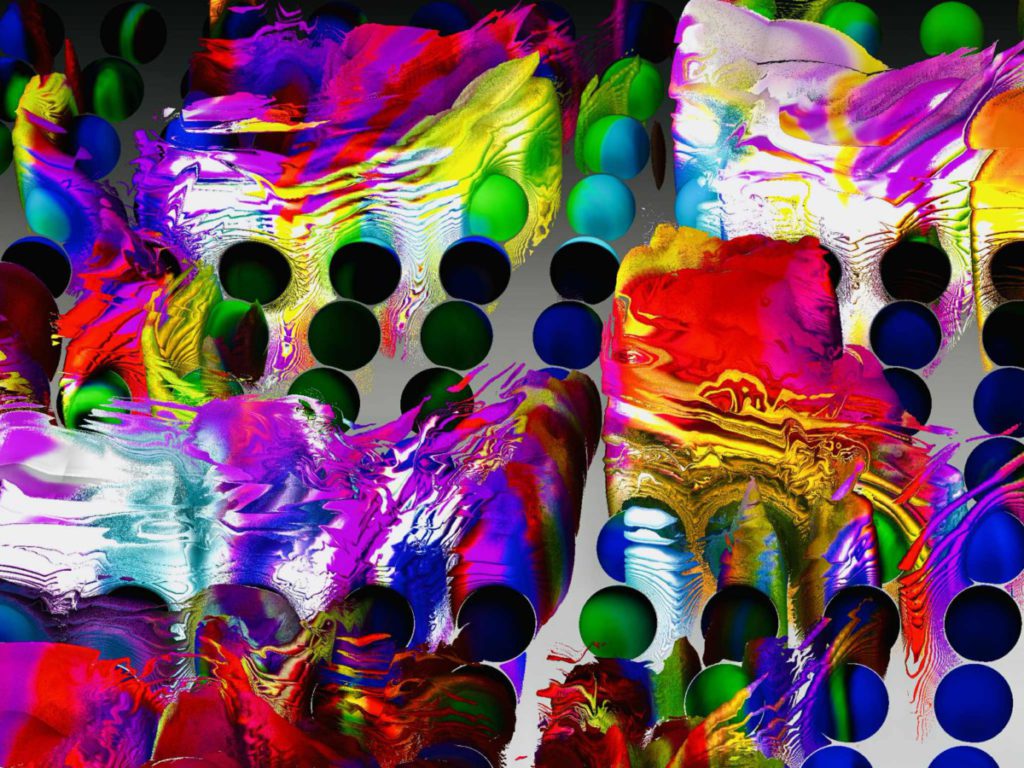Acid Lore: The Death Plunge
Acid Lore: The Death Plunge
The second rule of LSD is that the rooftop is not a good place to be.
There’s this guy I knew at university. The night before the final exam results were to be released, he dropped some acid and went out onto the roof of his student residence block to contemplate the night sky with his mates.
As the drug took effect, he soon became overwhelmed with wonder and the feeling that anything was possible – that he was Superman. He began telling his friends that he could fly, and though they tried to stop him, he escaped their grasp, ran, and leaped off the roof to his death.
His exam results were outstanding, and he would have graduated with first-class honours.
I’ve heard this story from friends several times over the years, each time with slight variations, but the basics are always the same: youth takes LSD (or mushrooms or PCP or some other psychedelic), believes he can fly, and finds out that he can’t.
I’ve called this cautionary folk tale the ‘Acid Death Plunge’, as that was a frequent headline when it appeared in the newspapers—which it did frequently starting in the 1960s.
So, what makes this piece of drug lore such a persistent myth? And could there even be a kernel of truth to the story?
The Death of Diane Linkletter
One reason that the acid death plunge story has spread so widely and lasted so long is the sad case of Diane Linkletter. Diane was the 20-year-old daughter of American talk show host and TV personality Art Linkletter. She was described by her father as “emotionally up and down. She was either on top of the mountain or in the valley of despair – over trivial things.”[i]
In 1969 Diane fell – or jumped – to her death from the fourth-floor window of her apartment building. Her father claimed that she had been on LSD at the time and that the drug was responsible for her death. To warn other parents and their children, he became a tireless anti-drug campaigner and used his daughter’s tragic death as a cautionary tale about the dangers of LSD.
Perhaps understandably, Linkletter needed someone or something to blame for his daughter’s death, and LSD – the demon drug of the day – was the obvious choice. It seems likely that the acid death plunge myth was already circulating at the time and that may be why Linkletter reached for it to try and make sense of his daughter’s death.
However, Diane’s autopsy found no traces of LSD in her body, and it seems that she had taken her own life, according to the testimony of a friend. Rather than face this cruel reality, Linkletter then claimed that she had taken LSD six months before her death and that it was a flashback that was responsible for her death. The contested notion of the acid flashback is another piece of drug lore that deserves an article in itself.
In any case, Linkletter appeared regularly on TV, radio, and in the press to talk about drugs and the dangers they – and the pop music that promoted them – posed to the world’s youth. Millions will have heard or read his moving story of how he was trying to save others from suffering the fate of his daughter. This surely played a role in perpetuating the acid death plunge myth.
Art Linkletter went on to be President Nixon’s drug policy advisor.
[i] Grossman, D.H and Hendricks, P.S. (2022) ‘Shedding light on classic psychedelics and self-harm’, J Clin Psychiatry, 83(2) https://doi.org/10.4088/JCP.21com14268
More Death Plunges
Of course, there will be many cases where intoxicated people slip and fall from a great height, but it’s more difficult to find verified reports of people who jumped to their deaths thinking they could fly. It requires them to tell someone they could fly before or (if they survive) after jumping.
One apparently genuine example was that of Walter Gilchriest (20) who jumped from the fourth floor of a building in Greenwich Village in December 1969. Although he later died of his injuries, he supposedly told police on the way to the hospital that he had taken LSD and wanted to fly. How accurate the police’s recall of what the dying man said is unclear, though given his fatal injuries and the fact that he was tripping, it’s quite possible his words were influenced by police questioning. Dr Michael Baden of the City Medical Examiner’s office said that the death was typical of several similar deaths and that there had been around a dozen youths killed in similar ‘death plunges’ after taking LSD in the last three years.[i]
Whether this figure is true or the doctor was reporting hearsay and rumour is unclear. Although there will surely be some accidental falls from windows by youths tripping on LSD or under the influence of other drugs or alcohol, confirmed cases of people leaping to their death believing they could fly seem vanishingly rare. People tripping on psychedelic drugs would normally avoid dangerous situations.
Not so with alcohol, of course, as more than half of non-occupational fatal falls involve drinking. Young people drinking too much and falling off balconies or attempting unsuccessfully to jump from a hotel balcony to the pool or onto another balcony are relatively common.[ii]
However, it seems apt to finish with the sage advice of Bill Hicks: if you think you can fly, take off from the ground first.
[i] ‘Man, 20, dies after trip’, Ithaca Journal 30 December 1969 p.14
[ii] Schaffer, K.B., Schwendig, G., Nasrallah, F. et al. (2019) ‘Falls from a balcony while intoxicated: a new injury trend among young adults?’, . Inj. Epidemiol. 6(4) https://doi.org/10.1186/s40621-019-0181-3
Gallery
Recent Articles
Artist Spotlight: Doug Leed
•
December 9, 2025
Podcast with Andrew Weisse: Beyond The Journey
•
December 5, 2025

Loading...
The Club Is Open by Radderall & Muzzy Fossa–Album Review
- Bill Kurzenberger






1 thought on “Acid Lore: The Death Plunge”
Walter Gilchriest did not say he wanted to fly. In fact he had grown up in lily white Massena, NY. That December 1969 he had the greatest shock of his life. He had no idea of the abject poverty of blacks in Harlem. He was pushed and pulled into diametrically opposed directions. He just did not fit anywhere. He felt he would do everyone a favour if he ceased to exist.